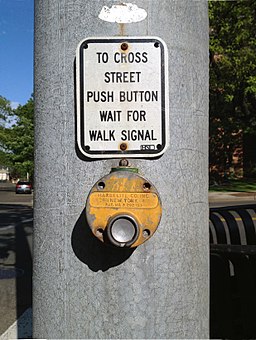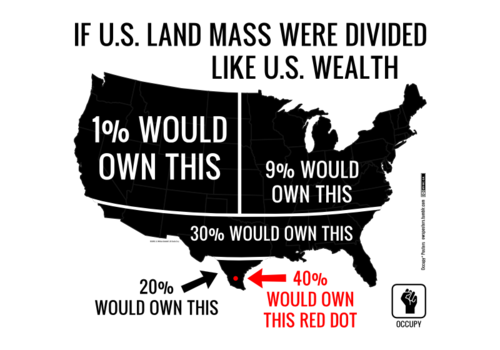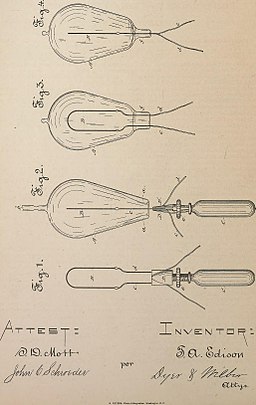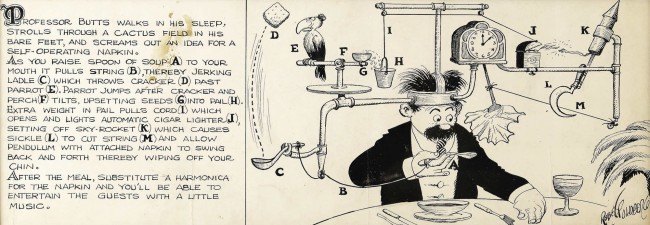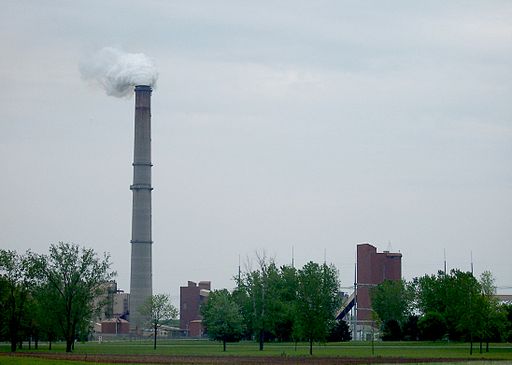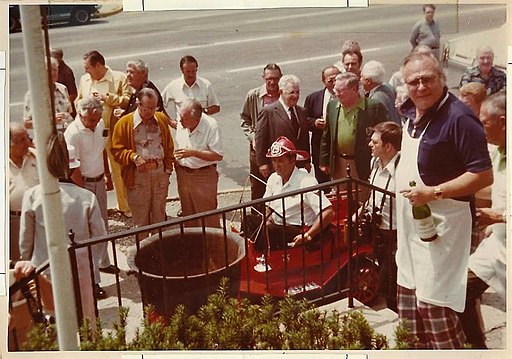One Man’s Trash Is Everybody’s Problem
Engineers and designers have created biodegradable water bottles in the past several years, but so far the bottled water industry has not embraced their inventions, and may never do so without consumers pushing themselves and the industry in that direction. Part of the reason for delay is the relatively abstract nature of the problem for many consumers. Yes, empty plastic water bottles may litter roadsides, where they are unsightly, but they don’t really pose a physical danger to people, unlike aluminum pop tops and cans with their sometimes sharp edges. The physical danger from plastics all seems to happen to animals, many of them far away and out of sight, such as the ones who live in the oceans, where all that plastic garbage ends up and lingers for decades. It was only recently that scientists discovered we, like our animal cousins, are also ingesting plastics, though in our cases we are more dainty in our discernment in that we choose only to take in micro-plastics, meaning those we cannot see. What goes around, comes around, and there’s no escaping it.
In Mike Nichols’s 1967 film The Graduate, Mr. McGuire, played by Walter Brooke, has some advice for Ben Braddock, played by Dustin Hoffman. In a later scene, Hoffman’s character floats on a raft in the pool at his house and sips a beverage from a can which has two v shaped openings in its top, the marks of having been opened with a can opener, or church key, the most common way to open such a can before pop tops became widely available on beverage cans in the mid 1960s.
Most people can be coached to some degree to change their behavior, and once they are understand viscerally that a problem exists because of their past behavior, many of them can become open to change. They have to feel the problem personally, though, because an abstraction doesn’t always get through to them. A minority of others are hardheads, and little can be done to persuade them to change their ways beyond legal sanctions and public shaming. The mounting problem of plastic litter shares this model of personal and public behavior with the looming dangers of a warming climate. For too many people the problems remain abstractions because the effects can be distant, indirect, or slow moving. The rest of us can’t wait for those people to come around, because they may only do so when they are up to their necks in seawater while standing in their front yards, fighting off all the plastic junk bobbing in the water, and obstinately refusing to reconcile their beliefs with what they see and feel around them.
— Techly 







